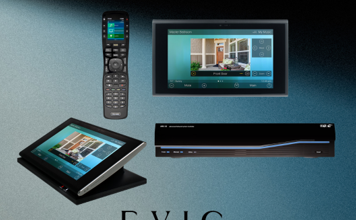How Contact Center Metrics Can Drive Continuous Improvement in Healthcare Services

Healthcare organizations face unprecedented challenges in delivering exceptional patient experiences while managing operational efficiency. Modern patients expect seamless communication, quick resolution of concerns, and personalized attention throughout their healthcare journey. Acting as critical touchpoints,contact center services for healthcare can make or break patient satisfaction and loyalty. The key to unlocking superior performance lies in leveraging comprehensive metrics that provide actionable insights. Smart healthcare leaders understand that data-driven decision-making transforms patient interactions from transactional encounters into meaningful relationships that drive better health outcomes.
Essential Metrics for Healthcare Contact Centers
Understanding which metrics matter most forms the foundation of any successful improvement initiative in healthcare communication. Call volume patterns reveal peak demand periods, seasonal fluctuations, and capacity planning requirements. First call resolution rates indicate how effectively agents handle patient inquiries without requiring multiple interactions. Average handle time provides insights into efficiency while ensuring quality isn’t sacrificed for speed. Patient satisfaction scores directly measure the success of communication efforts and identify areas needing attention.
Abandonment rates highlight potential access issues that could prevent patients from receiving timely assistance. These metrics work together to create a comprehensive picture of contact center performance and patient experience quality.
Analyzing Patient Experience Through Data
Raw metrics become powerful when transformed into actionable insights that improve patient care and operational efficiency. Sentiment analysis of patient interactions reveals emotional trends and satisfaction patterns that traditional metrics might miss. Understanding contact center lessons to improve the patient experience demonstrates how systematic analysis identifies specific touchpoints where improvements can have the greatest impact on patient satisfaction.
Correlation analysis between contact center performance and clinical outcomes helps healthcare leaders understand how communication quality affects patient health outcomes. This connection validates the investment in contact center excellence and guides resource allocation decisions.
See also: What Over-the-Top Advertising Means for Brands
Implementing Continuous Improvement Strategies
Successful healthcare organizations use contact center metrics to drive systematic improvements that enhance patient satisfaction and operational efficiency. Regular performance reviews based on comprehensive metrics help identify trends, celebrate successes, and address challenges promptly. Staff training programs informed by data insights ensure agents develop skills that directly impact patient experience and clinical outcomes.
High-performing contact centers rely on motivated and satisfied staff, and one of the biggest drivers of this is people’s engagement in healthcare services. When employees feel supported, valued, and connected to their roles, they are more likely to deliver empathetic communication, sustain productivity, and contribute to improved patient experiences across the care continuum. Quality assurance programs use metrics to establish benchmarks, monitor consistency, and ensure compliance with healthcare regulations and patient care standards.
Measuring Long-Term Impact
Effective healthcare contact centers track both immediate performance indicators and long-term patient relationship outcomes. Patient loyalty metrics connected to contact center interactions demonstrate the lasting impact of quality communication on healthcare relationships. Revenue impact analysis shows how improved contact center performance affects patient acquisition, retention, and referral patterns. Clinical outcome correlations reveal connections between communication quality and patient health results.
Cost-benefit analysis of contact center improvements helps justify investments and guide resource allocation decisions. These measurements validate the strategic importance of excellent patient communication in healthcare delivery.
Conclusion
Data-driven contact center management represents a fundamental shift toward patient-centered healthcare communication. Organizations that embrace comprehensive metrics and systematic improvement processes create competitive advantages through superior patient experiences and operational efficiency. The integration of technology, training, and performance measurement creates sustainable improvement cycles that benefit patients, staff, and healthcare outcomes. Success requires commitment to ongoing measurement, analysis, and adaptation based on evolving patient needs and industry best practices.







